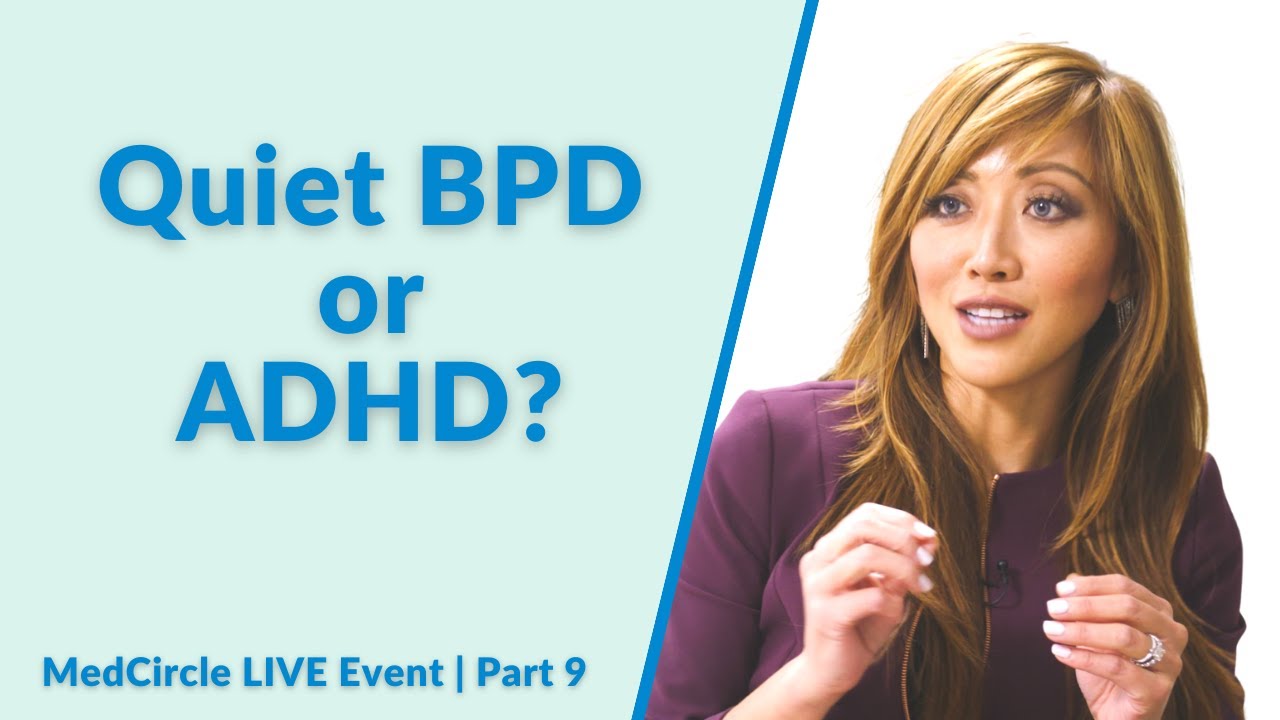Psychiatrist Explains BPD (Borderline Personality Disorder) - Psychology 101
Summary
TLDRThis script addresses the misconceptions surrounding Borderline Personality Disorder (BPD), highlighting its common stigma and misunderstandings. It delves into the disorder's symptoms, including unstable relationships, intense emotional reactions, and identity confusion. The speaker discusses the internal experiences of fear of abandonment and emotional suffering, as well as behaviors like impulsivity and self-harm. The script also explores the neuroscientific aspects of BPD, its development linked to both genetic and environmental factors, and concludes with a positive outlook on treatment and prognosis, emphasizing the effectiveness of therapies like Dialectical Behavioral Therapy and the potential for remission.
Takeaways
- 🔮 Borderline Personality Disorder (BPD) is often misunderstood and stigmatized, with misconceptions about its permanence and the nature of the disorder.
- 🌟 People with BPD can experience intense emotional pain, amplified by their neurological sensitivity to negative emotions and potentially exacerbated by an invalidating environment.
- 💔 Individuals with BPD frequently have a fear of abandonment, which can lead to distressing relationships and a constant need for reassurance.
- 🧩 BPD is associated with a pattern of unstable relationships, marked by quick attachments and subsequent interpersonal conflicts.
- 😡 Strong emotional reactions to minor events are common in BPD, leading to challenges in maintaining stable connections with others.
- 🤯 The subjective experience of BPD includes feelings of emptiness and a distorted sense of self, often resulting from a lack of a consistent identity.
- 🔁 BPD can involve impulsive behaviors as a coping mechanism, such as rapid changes in interests or rapid formation of deep relationships.
- 🌀 There is a high rate of comorbidity with self-harm behaviors, substance use disorders, and eating disorders in individuals with BPD.
- 🧘 The development of BPD is linked to both genetic factors and environmental influences, such as upbringing in a traumatic or invalidating environment.
- 🛑 Treatments like Dialectical Behavioral Therapy (DBT), which combines cognitive-behavioral strategies with mindfulness, can be highly effective for individuals with BPD.
- 🌈 The prognosis for BPD is surprisingly positive, with a significant number of individuals achieving remission over time, especially with appropriate treatment and support.
Q & A
What is the common misconception about personality disorders like Borderline Personality Disorder (BPD)?
-A common misconception is that personality disorders, including BPD, are permanent and unchangeable because they are considered part of one's personality.
Why are people with BPD often stigmatized?
-People with BPD are often stigmatized as being manipulative, prone to lying, and emotionally contentious, which makes it difficult for them to form and maintain relationships.
What are some of the external signs that someone might have BPD?
-External signs of BPD can include unstable relationships, strong emotional reactions, and a lack of a consistent sense of self or life trajectory.
What is the subjective experience of fear of abandonment for someone with BPD?
-The subjective experience of fear of abandonment in BPD is intense, with individuals often feeling that relationships are fragile and that they must constantly prove their worth to avoid being left behind.
How does the emotional pain from a breakup compare for someone with BPD versus someone without?
-For someone with BPD, the emotional pain from a breakup is amplified and lasts much longer compared to someone without BPD, making it harder for them to recover.
What is the role of impulsive behaviors in the life of someone with BPD?
-Impulsive behaviors in BPD can serve as a coping mechanism for the intense emotional suffering and fear of abandonment, leading to quick decisions like sudden romantic involvements or drastic life changes.
Why might someone with BPD engage in self-harm behaviors?
-Self-harm behaviors in BPD can be a way to focus and manage the overwhelming emotional pain, serving as a form of distraction from emotional distress.
What is the significance of the term 'chameleon' in the context of BPD?
-The term 'chameleon' refers to the tendency of individuals with BPD to adapt and absorb the desires of others in an attempt to fit in and avoid abandonment, often leading to a lack of authenticity in their own preferences and desires.
How does the development of BPD relate to the concept of an invalidating environment?
-An invalidating environment, combined with a neurological vulnerability to intense negative emotions, can contribute to the development of BPD by amplifying negative emotions and preventing the formation of a stable sense of self.
What is the prognosis for individuals with BPD, and what factors contribute to improvement?
-The prognosis for BPD is surprisingly good, with high rates of remission over time. Factors contributing to improvement include treatment such as dialectical behavioral therapy, stable relationships, brain maturation, and the development of a sense of identity.
Outlines

Cette section est réservée aux utilisateurs payants. Améliorez votre compte pour accéder à cette section.
Améliorer maintenantMindmap

Cette section est réservée aux utilisateurs payants. Améliorez votre compte pour accéder à cette section.
Améliorer maintenantKeywords

Cette section est réservée aux utilisateurs payants. Améliorez votre compte pour accéder à cette section.
Améliorer maintenantHighlights

Cette section est réservée aux utilisateurs payants. Améliorez votre compte pour accéder à cette section.
Améliorer maintenantTranscripts

Cette section est réservée aux utilisateurs payants. Améliorez votre compte pour accéder à cette section.
Améliorer maintenantVoir Plus de Vidéos Connexes

My Friend with Borderline Personality Disorder

ADHD or Quiet Borderline Personality Disorder? [Overlap & Differences]

Borderline Personality Disorder in 15 Minutes and 10 Questions

#REALTALK With Ariel Tatum

Borderline Thinking | 10 Borderline Behaviors and the Thoughts that Cause Them

9 Traits of Borderline Personality Disorder
5.0 / 5 (0 votes)
